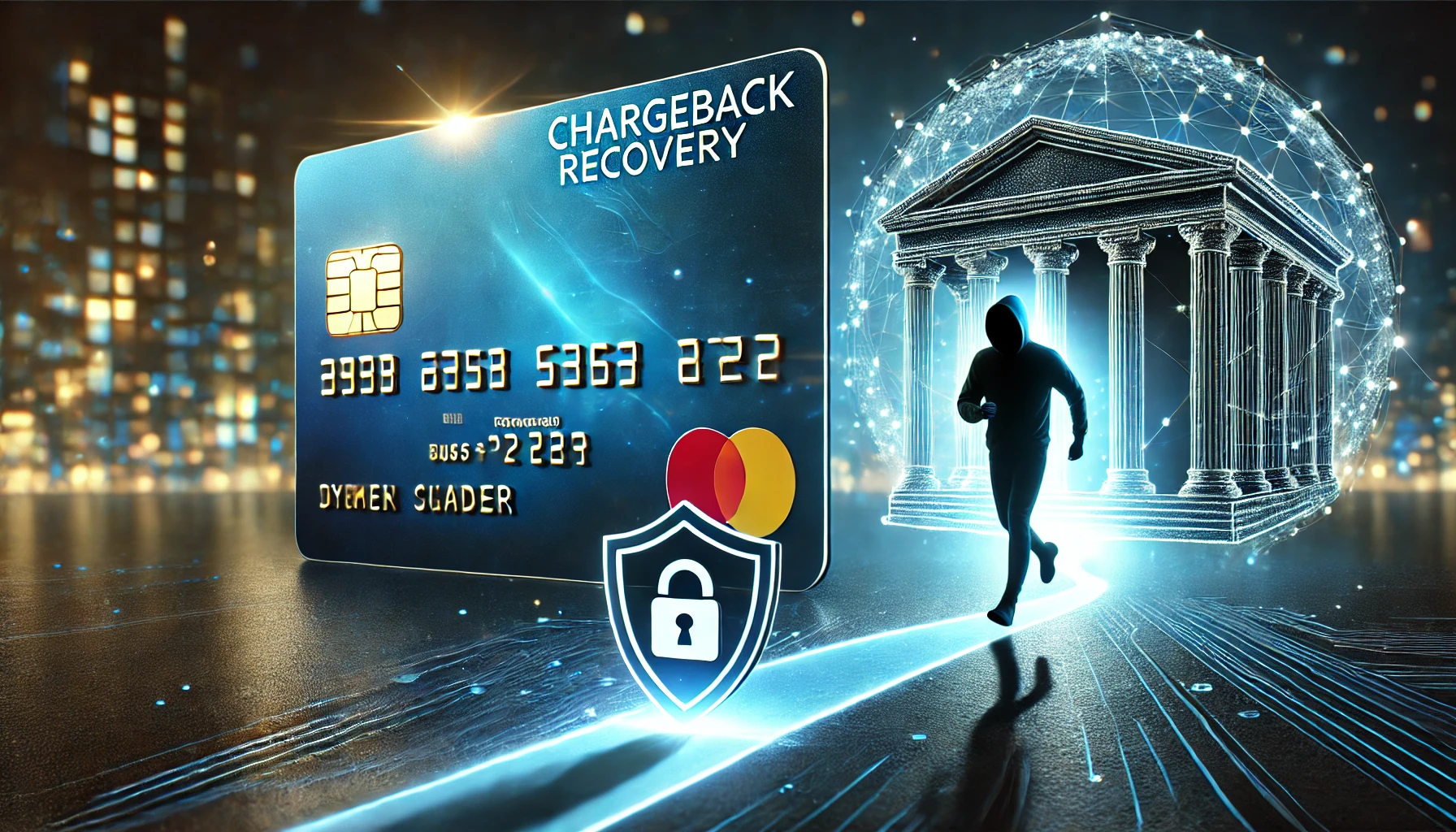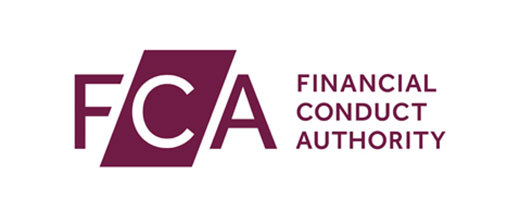Understanding Chargebacks: Your First Line of Defense
A chargeback is a consumer protection tool that lets your bank reverse fraudulent or disputed transactions. For broker fraud, it’s most effective when:
- The broker misrepresented services (e.g., fake returns, unregulated trading).
- Unauthorized payments were made (stolen card details, identity theft).
- Services were never delivered (blocked withdrawals, phantom investments).
💡 Key Stat: In 2024, Visa reported a 72% chargeback success rate for fraud-related disputes when victims provided clear evidence.
Step-by-Step Guide to Filing a Chargeback
Step 1: Act Immediately
- Deadlines: Most banks require disputes within 120 days of the transaction.
- Credit cards: Up to 540 days under Visa’s Extended Resolution Program.
- Debit cards: 60-120 days (varies by bank).
- Contact Your Bank: Call or use your bank’s app to start the dispute.
Step 2: Gather Evidence
Build a bulletproof case with:
- Transaction proof: Bank statements, payment receipts, crypto wallet addresses.
- Broker fraud evidence:
- Screenshots of fake promises (“100% returns!”).
- Emails/chat logs showing withdrawal denials.
- Broker’s fake FCA/SEC registration claims.
- Communication attempts: Records of trying to resolve the issue directly.
📌 Pro Tip: Use tools like Evernote or Google Drive to organize evidence chronologically.
Step 3: Submit the Dispute
- Credit cards: Use Mastercard’s chargeback portal or your bank’s online form.
- Debit cards: File via your bank’s fraud department (e.g., Chase, HSBC).
- What to include:
- A concise fraud summary (dates, amounts, lies told by the broker).
- Labeled attachments (e.g., “Screenshot_Fake_Returns_Jan2025.pdf”).
Step 4: Track & Escalate
- Check status weekly: Delays often happen if the broker contests.
- Escalate if denied: File a complaint with the CFPB (U.S.) or Financial Ombudsman (UK).
Chargeback Do’s & Don’ts
✅ Do’s
- Act within 48 hours: Faster action prevents scammers from draining accounts.
- Cite “fraud” or “not as described”: These reason codes have higher success rates.
- Use templated dispute letters: We provide templates that follow each.
🚫 Don’ts
- Wait months to report: Banks reject “stale” disputes.
- Rely on verbal promises: Get everything in writing.
- File multiple disputes at once: This raises red flags.
FAQs: Chargebacks for Broker Fraud
Q: Can I chargeback crypto payments?
A: No—crypto transactions are irreversible. However, platforms like Coinbase may help if fraud occurred on their exchange.
Q: What if the broker contests my chargeback?
A: Submit a rebuttal letter with:
- Proof the broker lied (e.g., fake license screenshots).
- Regulatory warnings (e.g., FCA Alert).
Q: How long does it take to get my money back?
A: Provisional credits for credit cards: 3-10 days. Final resolution: 30-90 days.
Q: Can brokers blacklist me for chargebacks?
A: Yes, but legitimate brokers won’t—this is a red flag for scams.
Q: Will this affect my credit score?
A: No, but excessive disputes may trigger bank account reviews.
Case Study: $45K Recovered in 60 Days
In 2024, Cyberclaims.net helped a client recover $45,000 from a forex scam by:
- Compiling 50+ screenshots of fake “FCA-regulated” claims.
- Submitting a Visa chargeback with a 14-page evidence packet.
- Countering the broker’s rebuttal with an FCA warning notice.
The bank ruled in the victim’s favor, refunding the full amount.
Need Professional Chargeback Help?
Cyberclaims.net offers:
- Free chargeback review: Assess your case’s strength in 24 hours.
- Evidence organization: Turn scattered screenshots into a winning dispute.
- Rebuttal support: Counter shady broker defenses.
👉 Start Your Recovery: File a Chargeback with Expert Help










